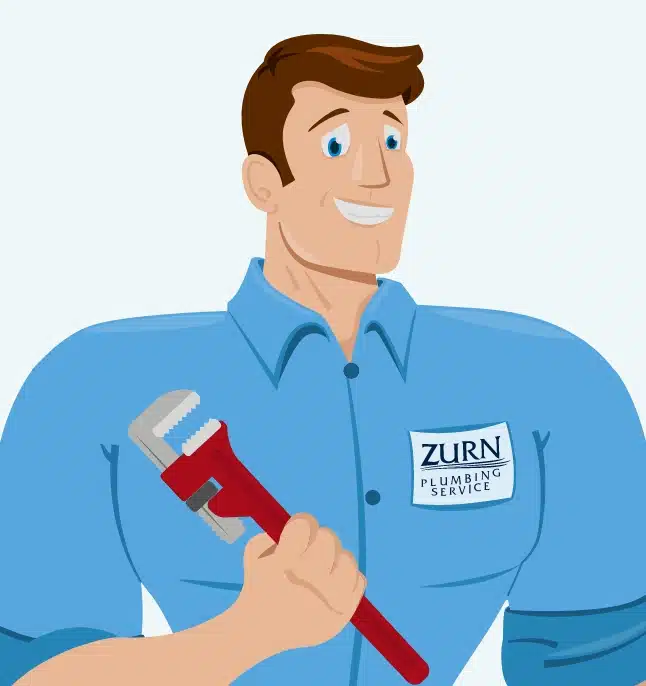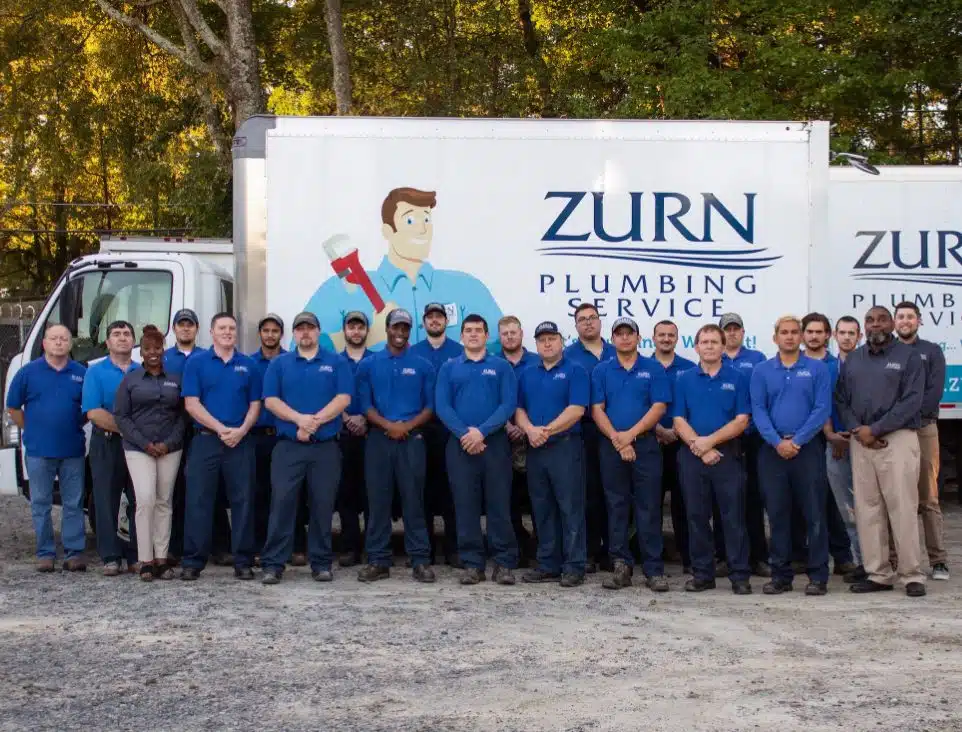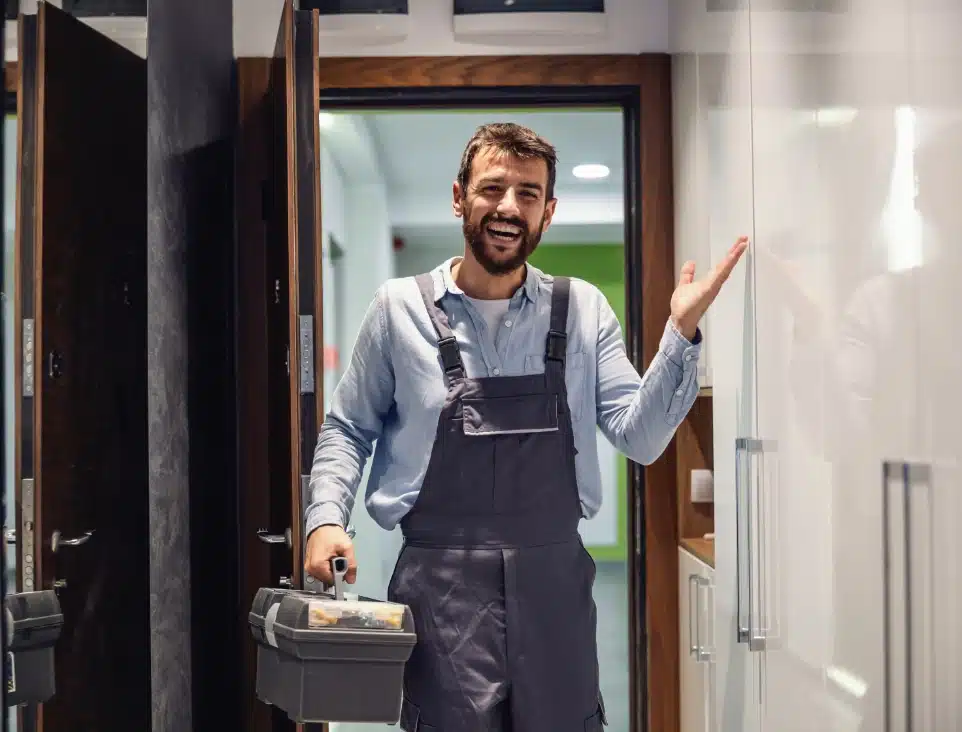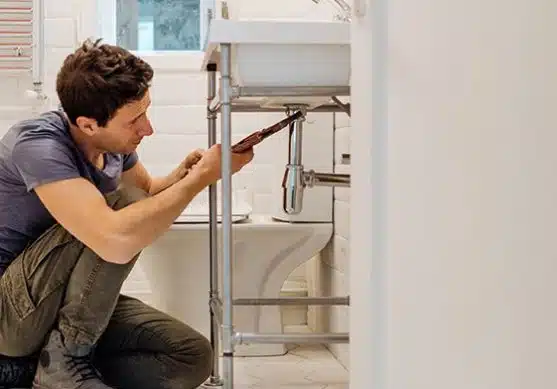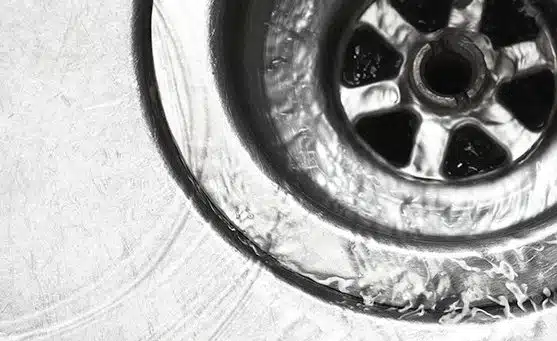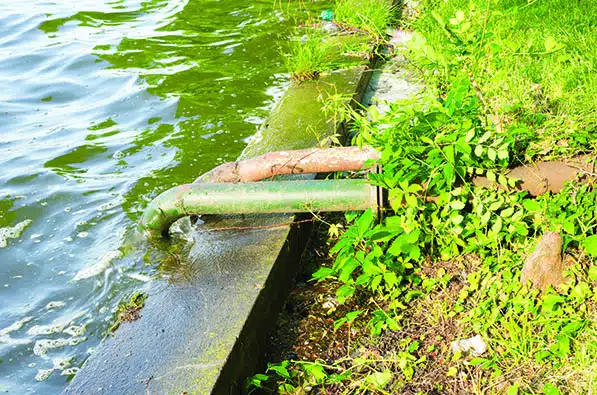
Mature trees add beauty and desirable shade to your yard; and while they may look dormant, particularly in the cold months, their roots continue to seek water. Because your home’s larger utility lines are a reliable source for the water, nutrients and oxygen trees need, resilient roots can push through cracks in your pipes on their quest to absorb water. The roots thrive, expanding and ultimately clogging or collapsing the pipe.
Which Pipes Get Clogged by Roots?
Your home’s drain line connects to the main sewer line operated by the city or county. As a homeowner, you’re responsible for maintenance of the sewer lateral buried beneath your yard that runs between your home and the nearest sewer main line, typically located beneath the street you live on. This line in your yard is often the one susceptible to root damage.
What Happens if I Have a Clog?
When a sink, bathtub, toilet, and even dish and clothes washers are slow to drain, you may have a minor drain stoppage local to that drain pipe. However, if multiple fixture drains are affected in your home and are very slow or backing up, the cause may be a main line stoppage. The largest concern is a sewer or drain pipe stoppage may cause a sewage spill inside your home and release raw sewage into the house causing an expensive clean up and potential health hazard. The solutions for a collapsed or broken pipe is usually to replace it or reline the existing pipe. Zurn now offers a zero-dig option for sewer and drain pipe rehabilitation called CIPP (Cured in Place Piping).
What Causes a Clog?
A variety of reasons cause clogs, but the most common reason in Metro Atlanta is tree roots. Tree roots dig deep into the earth to find sources of fresh water, nutrients and oxygen, all of which flow freely through your drainage pipes. Older homes with clay, cast iron and concrete pipes are particularly at risk because the joints are weaker than the new standard PVC material used.
How to Prevent Root Clogs:
• Take note of any trees growing within 30 feet of your main sewer line and get a professional inspection every few years.
• Leave at least 10 feet between any new trees and shrubs planted near your home’s main line.
How to Identify a Root Clog:
Simple clogs can occur with daily use of your fixtures. If you have just one slow drain, try plunging. You should never put chemical treatments down any drain in your home as these can cause further damage to your pipes. If drains throughout your house are slow, there’s likely a larger problem. Our Zurn technicians can inspect your drain pipes with a special video camera that can diagnose the “root” of your problem!
If you’re concerned about potentials root clogs in your pipes, Zurn can now do an entire sewer replacement without digging at all! If you are concerned about having your main sewer repaired or replaced give us a call and we can discuss our no dig sewer replacement options.

